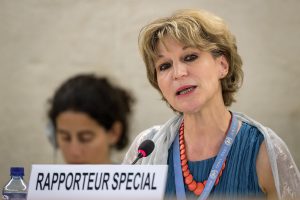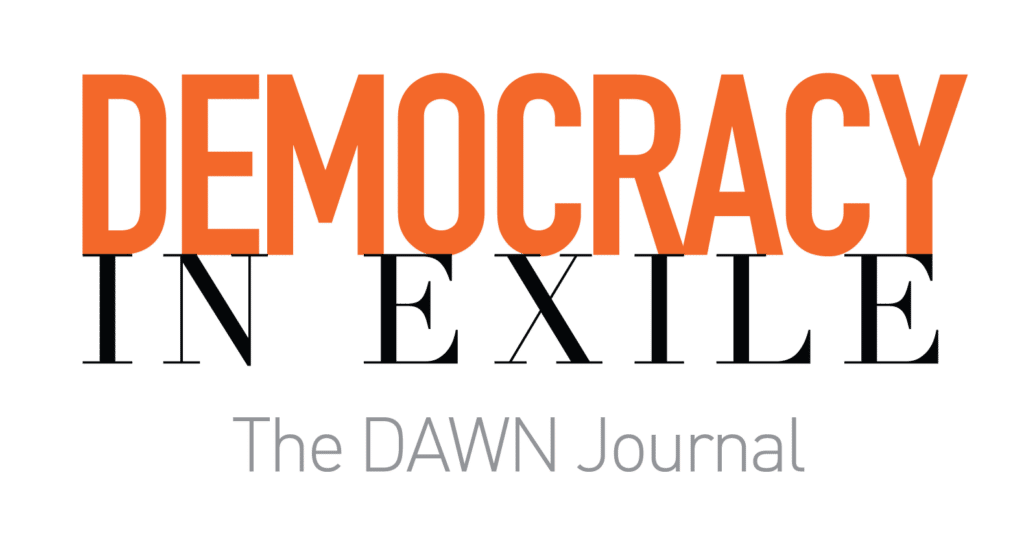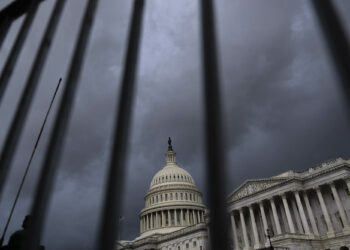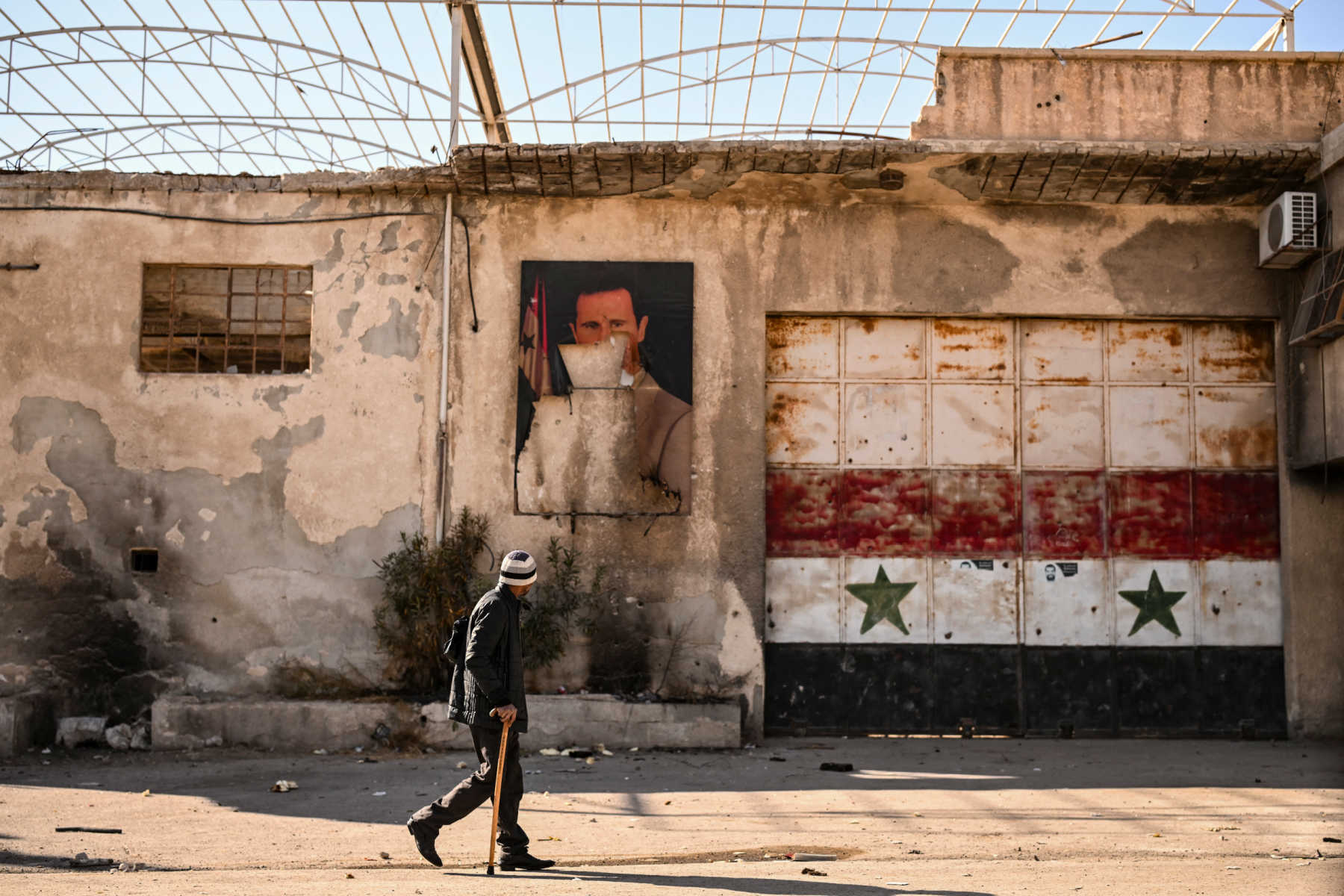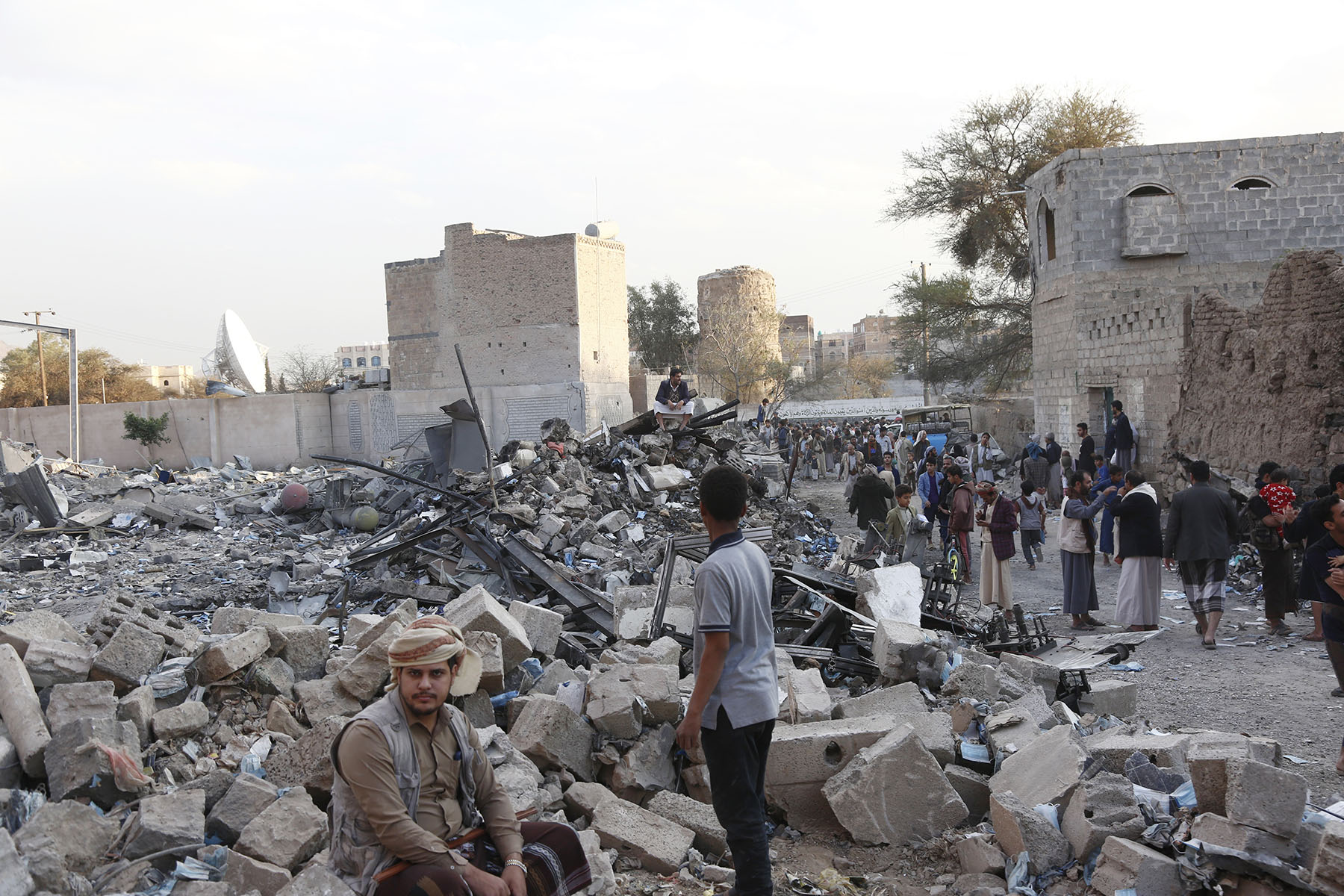Aslı Bâli is a Professor of Law at Yale Law School.
Editor's note: This article is adapted from a paper presented at the workshop Bridging Restraint and Positive Engagement: Toward a New Framework for U.S. Middle East Policy that was co-hosted by DAWN and Yale Law School.
The longstanding commitment in Washington to American primacy has meant a presumption that the United States should maintain high levels of military engagement globally, confrontational policies toward other great powers and a willingness to use force in pursuit of U.S. interests, broadly construed. A more restrained understanding of the policies that best advance American interests reverse several of these presumptions, beginning from the view that diplomacy rather than coercion is the better way to achieve attainable goals. Overcoming the primacy mindset would, among other things, limit the use of U.S. military power, abandoning the use of force for the promotion of democracy or other values-based commitments. How, then, would a policy of restraint advance human rights?
Debates over what a posture of restraint means for broader values-based commitments in U.S. foreign policy often hinge on one question: If you don't use force to prevent human rights abuses, what is the alternative? To begin with, it is worth observing how much this framing obscures by presuming that the use of force is a means of achieving human rights aims, implicitly underestimating the devastating consequences of U.S. military engagements around the world, especially in the Middle East, and the destruction they have wrought. Desisting in activities that harm human rights, including both the direct use of American military force and indirect U.S. policies that facilitate coercion by regional allies, remains the number one way that the U.S. can positively contribute to the protection of human rights. In asking how the U.S. can defend human rights, analysts should begin by acknowledging the damage done by military interventions undertaken all too often in the name of human rights.
The flip side of calls by restrainers for less military intervention is the need to make better and more use of tools that rely on diplomacy and engagement. Such a shift might begin by prioritizing diplomacy in areas of shared interest between the U.S. and countries in the Middle East and North Africa that have the potential to positively impact human rights outcomes. The virtues of restraint can be combined with a focus on practical engagement in these areas, which include, as two examples, climate change and global health. A "restraint-plus" approach would de-emphasize coercive tools in favor of such mutual interests. The U.S. might invest in partnerships and financial support to advance social and economic rights related to public health and the environment. Sustained American diplomacy, including the deployment of soft power, might have a far more positive impact than the dismal track record of U.S. efforts to advance, through coercion, the cause of human rights, democracy and other value-based commitments.
In asking how the U.S. can protect human rights, analysts should begin by acknowledging the damage done by military interventions undertaken all too often in the name of human rights.
- Aslı Bâli
Consider climate change, which has a disproportionate impact on the Middle East and North Africa. The region is more vulnerable than most parts of the world, competing with sub-Saharan Africa and coastal regions of Asia for the dubious distinction of being most exposed to the effects of climate change, from more frequent and extreme heat waves to rising sea levels and extended droughts. While a climate reckoning is on the horizon the world over, these regions are already experiencing the ravages of extreme climate events.
For the Middle East, shifts in global energy consumption and the move away from oil dependency and carbon resources will also have a dramatic impact on its largest economies. The region needs to prepare for a geo-economic revolution through adaptation. The United States could take a leadership position on regional investment in new industries and technologies that might enable sustainable development and growth that is consistent with climate priorities, instead of doubling down on oil production. U.S. engagement with regional leaders should systematically emphasize environmentally sustainable projects and priorities to facilitate a rapid transition to clean energy. While some of this is already underway in the Gulf, there is room for much more imaginative partnerships across the entire region responding to climate change.
Second, promoting values related to human rights can be undertaken in areas where the U.S. currently lags instead of leading. One glaring example is the need to significantly expand U.S. participation in refugee resettlement programs. From the wars in Afghanistan and Iraq over the last 20 years to later interventions like the one in Libya, the U.S. has been responsible for creating or exacerbating many of the most acute humanitarian crises in the region, often producing huge outflows of refugees fleeing violence, instability and state collapse. The bare minimum obligation the United States should bear for this role is shouldering a share of the responsibility for providing for these displaced communities. A restraint-plus approach would require that the United States both increase its own participation in resettling refugees and invest in the international infrastructure for supporting refugee resettlement. At home, this would involve rebuilding the refugee resettlement program that was decimated by the Trump administration and has still not recovered under President Joe Biden. When the numbers of refugees admitted to the U.S. for resettlement fell under Trump, investment in local infrastructure for receiving refugees also declined, producing a vicious cycle subsequently exacerbated by COVID-19-related travel restrictions.
At the same time, global commitments to resettle refugees have declined too, meaning there are fewer places across the world welcoming refugees at a time when the sheer number of refugees continues to increase exponentially. In the absence of an orderly international mechanism, refugees languish in limbo for years, decades and sometimes generations in neighboring countries that cannot support them. The United States would make an enormous, positive impact on human rights if it would redress the imbalance in global responsibility-sharing to protect these vulnerable populations, both by admitting more refugees for resettlement itself and by substantially increasing U.S. support for refugee programs.

A third area in which the United States could clearly make a positive impact on human rights globally is investing in public health. The potential for high impact with comparatively low investment is exemplified by a particularly successful U.S. initiative: the United States President's Emergency Plan for AIDS Relief (PEPFAR). Perhaps the leading example of a successful global health program, PEPFAR has generated two decades of demonstrable human rights benefits. Since it was launched in 2003 under President George W. Bush—at much the same time as the "war on terror"—this HIV prevention and treatment program has saved millions of lives across the African continent with a budget of $3 billion a year, an astonishingly small investment that has produced a dramatic yield in terms of health gains. Yet it is now at risk of losing funding due to abortion policy debates in Washington. PEPFAR inarguably shows that it is not naive to suggest that U.S. resources—at a fraction of the spending on various military adventures—can be successfully deployed for humanitarian ends as part of a more restrained foreign policy strategy that prioritizes positive investment and engagement.
These examples make clear the gains that are possible from a restraint-plus approach to human rights. Critics might argue that these initiatives do not make the most of America's comparative advantage as a global hegemon to engage in conflict resolution around the world. Yet here, too, restraint has a better track record than intervention. U.S. military interventions globally have been based on inflated threat assessments, overcommitment of security resources, and overconfidence in the degree to which American power can shape outcomes abroad. This has been true of the disastrous wars the United States fought as part of the "war on terror," but also of the conflicts in which the U.S. played a more indirect role, enabling regional allies to engage in ill-advised military adventurism.
In the case of Yemen, for example, U.S. logistics support, intelligence-sharing and diplomatic cover did not enable its Saudi and Emirati allies to prevail against the Houthis, let alone achieve any resolution to the devastating conflict. By contrast, once the U.S. showed greater restraint and withdrew much of its support from the Saudi coalition's military operations in Yemen, hostilities and civilian death tolls declined. In 2022, the United Nations Special Envoy was even able to negotiate a short-term truce that has largely held, laying the groundwork for a possible future settlement in Yemen. In short, restraint may have been more conducive to conflict resolution than its critics would allow. Restraint certainly has had a better track record in Yemen than U.S. involvement in the disastrous Saudi and Emirati military campaign.
The American public has been conditioned to expect that U.S. foreign policy objectives are articulated through ultimatums and delivered through the barrel of a gun.
- Aslı Bâli
Restrainers call for the U.S. to have a smaller military, fewer security commitments and forces abroad, and a higher threshold for using force. The policy prescriptions that flow from this position include relying more on diplomacy to settle conflicts of interest and encouraging other states to lead in promoting regional stability. Restraint-plus entails an additional set of priorities for positive foreign policy engagement, especially in the promotion of human rights, by designing more active diplomacy and investing in international institutions and mechanisms that promote values-based commitments through persuasion and incentives rather than coercion. Redoubling U.S. financial support to the social and economic programs of the United Nations system; increasing support to environmentally sustainable development projects; and funding infrastructure for global health and refugee protections are just a few examples of policy priorities entailed by a restraint-plus approach to American foreign policy.
The American public has been conditioned to expect that U.S. foreign policy objectives are articulated through ultimatums and delivered through the barrel of a gun. The dramatic tension of a Manichean worldview—and the sporadic episodes of spectacular violence that often attend to it—produce a kind of high adrenaline sense of global impact conducive to cable television ratings and perhaps also to a self-understanding of the U.S. as an indispensable and exceptional actor in the world. The small, daily benefits of more restrained and nuanced policies around climate change, global health or refugee resettlement may not deliver a similarly satisfying sense of high drama. Yet the investment in positive engagement is likely to yield something far more valuable than the overnight results of an ultimately destructive, militarized foreign policy. That is, a set of rational policies designed to achieve attainable objectives that materially benefit the lives of people and advance the protection of human rights, something the U.S. has failed to achieve by coercive means in at least a quarter century.
The restraint-plus approach to foreign policy offers the possibility of achieving far greater bang for the American buck in terms of human rights than the costly and flawed coercive toolkit on which the U.S. continues to depend. Right-sizing expectations of what American power can achieve and investing in the most promising forms of engagement offer the best available path forward to advance American interests in a more stable and peaceful world, thereby protecting and promoting human rights.










